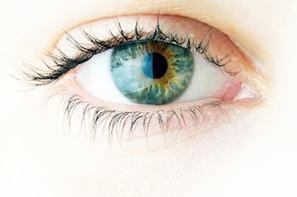
Australian researchers from Monash University Gippsland say that combining sensory information may help improve the sight of people receiving visual prosthetics. They claim that by stimulating the senses of "touch" and "vision" at the same time, the brain is better able to interpret what it is "seeing."
Bionic eyes send electrical impulses to the brain, but many people struggle to make sense of what they are "seeing," particularly when they first receive the prosthetic.
George Van Doorn, along with colleagues Barry Richardson and Dianne Wuillemin, set out to explore if people could learn to "see" more quickly if more than one sense was stimulated at a time.
As children grow and hone their understanding of the world, they instinctively cross-reference between the senses. Smells, touch and taste are just as important to them as what they can see and hear, and they all help build up a bigger picture.
by Shane Turner via NursingFacultyJobs.com
No comments:
Post a Comment